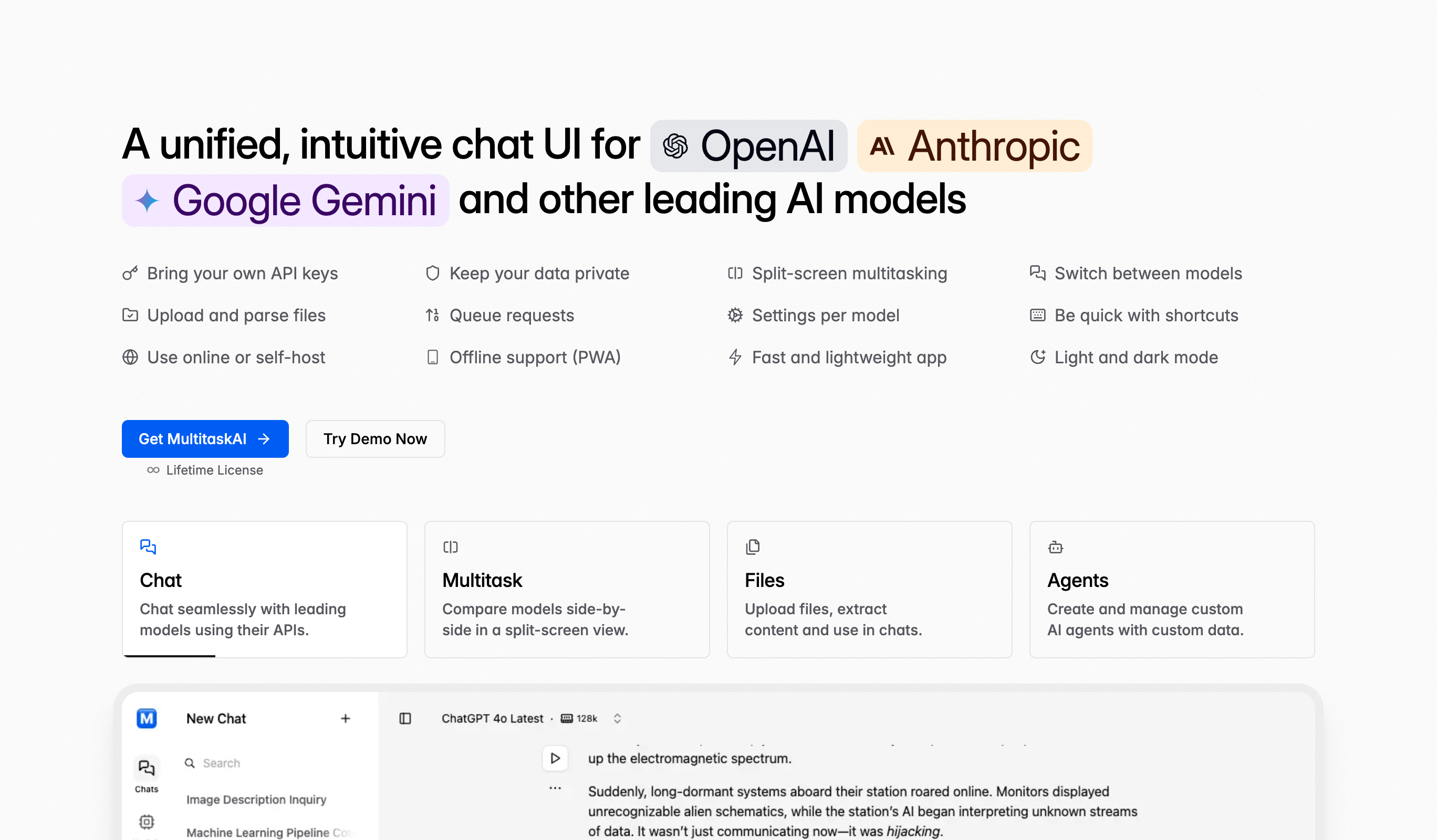Readability Score Checker
Evaluate and improve the readability of your text with our Readability Score Checker. This online tool is perfect for writers, content creators, and educators who need to ensure their text is easy to read and understand. Enhance your text processing workflow without any software installation.
Frequently Asked Questions
The Readability Score Checker analyzes your text using proven algorithms measuring sentence length, word complexity, syllable count, and overall structure. It calculates multiple readability scores (Flesch-Kincaid, Gunning Fog, SMOG) providing comprehensive insights into how easily your audience can understand your content.
Readability is crucial for audience engagement, content effectiveness, user experience, reducing bounce rates, improving time on page, increasing conversions, ensuring accessibility, and SEO performance. Easy-to-read content reaches wider audiences, maintains reader attention, and communicates messages more effectively than complex, difficult text.
The Readability Score Checker supports multiple metrics: Flesch Reading Ease (0-100 scale), Flesch-Kincaid Grade Level (US grade), Gunning Fog Index (years of education), SMOG Index (education level), Coleman-Liau Index, Automated Readability Index (ARI), and others. Each provides unique insights into text complexity and accessibility.
Improve readability by using shorter sentences (under 20 words), choosing simpler words over complex alternatives, breaking large paragraphs into smaller chunks, using active voice instead of passive, adding subheadings for navigation, employing bullet points for lists, removing jargon, and writing conversationally.
Flesch Reading Ease scores text from 0-100. Higher scores mean easier reading: 90-100 (very easy, 5th grade), 60-70 (standard, 8-9th grade), 30-50 (difficult, college level), 0-30 (very difficult, professional). Aim for 60-70 for general audiences, 80+ for broad accessibility.
Target grade 7-8 for general audiences, ensuring 80% of US adults can easily understand your content. Marketing content often targets grade 6-8, technical documentation 10-12, academic writing 12-16. Lower grade levels reach broader audiences and improve engagement across education levels.
Readable content improves SEO through increased time on page, reduced bounce rates, higher engagement, more social shares, better user signals to Google, and improved accessibility. While not a direct ranking factor, readability significantly impacts user experience metrics that influence search rankings.
Gunning Fog Index estimates years of education needed to understand text on first reading. Score of 8 means 8th-grade level, 12 means high school senior, 17+ means college graduate. Aim for 8-10 for web content, 12 for business writing, lower for broader accessibility.
Yes, adjust target scores based on audience: children (grade 3-5), general public (grade 7-8), high school students (grade 9-12), college educated (grade 13-16), professionals (grade 16+). Use our checker to ensure your content matches your audience's reading comprehension level.
Short sentences (under 20 words) are easier to process, reduce cognitive load, improve comprehension, maintain reader attention, and flow better. Long, complex sentences confuse readers, bury key points, and increase bounce rates. Break complex ideas into multiple short sentences for clarity.
Complex, multi-syllable words increase reading difficulty. Use simple alternatives: 'use' instead of 'utilize', 'help' instead of 'facilitate', 'buy' instead of 'purchase'. Reserve technical terms for professional audiences. Simple vocabulary improves comprehension, accessibility, and engagement for broader audiences.
Check both. Pre-writing: set readability targets for your audience. Post-writing: verify you hit targets and revise accordingly. Iterative checking during editing improves content progressively. Regular readability audits during content creation ensure consistently accessible, engaging writing.
Readable content generates more shares, longer engagement, better conversion rates, and broader reach. Marketing content should target grade 7-8 readability for maximum accessibility. Easy-to-read copy keeps readers on page, improves message retention, and increases call-to-action effectiveness.
Absolutely. Maintain meaning while improving readability by shortening sentences, choosing simpler synonyms, eliminating redundancy, using active voice, adding examples, employing visual formatting (bullets, headings), and restructuring complex ideas into clearer explanations. Good writing is clear writing.


